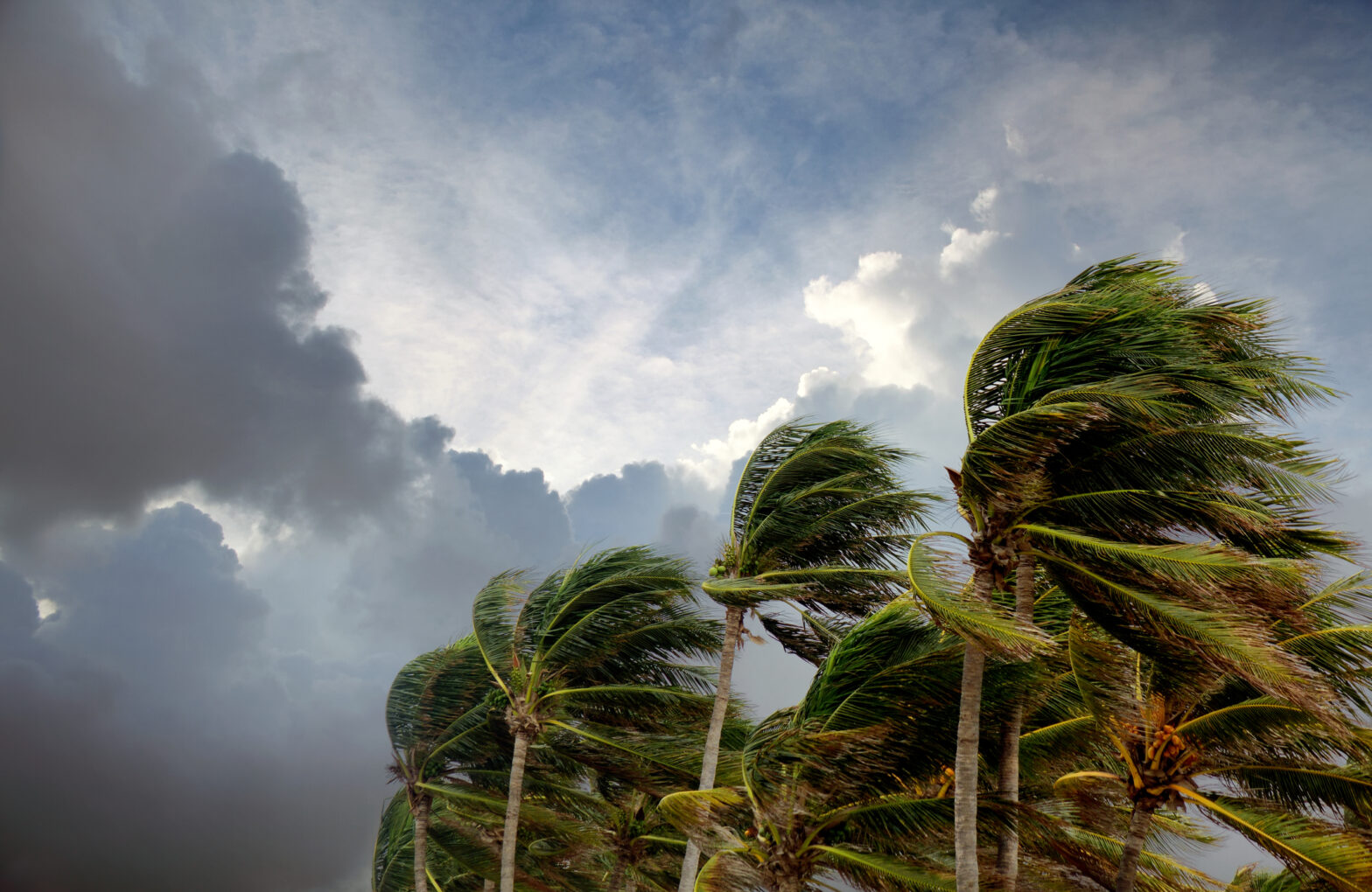According to weather officials, Tropical Storm Erin could develop into a hurricane by later this week. The National Hurricane Center (NHC) has issued updates on the storm since Monday, August 11. As of this report, the authority issued its latest alerts on August 11 at 11 a.m. AST. In a forecast advisory released at the time, the storm was developing in the Atlantic Ocean about 820 miles west of Cabo Verde and an estimated 1765 miles east of the northern Leeward Islands.
The source said Tropical Storm Erin was “moving quickly westward,” with a “west-northwestward” motion forecast between late Thursday and into the weekend. The storm could become a hurricane by late Thursday. However, the NHC further detailed that currently, “there are no coastal watches or warnings in effect.”
Tropical Storm Erin is the fifth named storm of the 2025 Atlantic season, and it’s projected to be its first official hurricane. The Atlantic and Central Pacific hurricane seasons are June 1 through November 30. The Eastern Pacific’s hurricane season is May 15 through November 30.
More Details On Tropical Storm Erin
At 11 a.m. on Tuesday, the NHC shared two “key messages” regarding Tropical Storm Erin. One of the alerts noted that there’s an increased risk of the storm moving toward the northern Leeward Islands, the Virgin Islands, and Puerto Rico. Those areas should monitor the storm’s progression.
The source added, “There is even greater uncertainty in what impacts, if any, might occur in portions of the greater Antilles, the Bahamas, the east coast of the United States, and Bermuda next week.”
Individuals residing in a zone where hurricanes are a regular occurrence should know preparedness guidelines. NOAA, the American Red Cross, and Ready.gov are all critical resources for gaining awareness on how to stay safe during hurricanes or tropical storms.
People should be aware of their location’s hurricane risk, even if it’s not directly on the coast. Hurricane damage can be widespread, so it’s critical to have a plan. Consider what your means of transportation will be and where you will go in a worst-case scenario. Stay updated on news, warnings, and evacuation zones. Put all your essential documents in one place, ideally in a waterproof casing that’s convenient to take on the go. Make sure you and your loved ones have backup light sources and charging devices, such as flashlights and power banks. Stock up on non-perishables, drinking water, and first aid essentials.
Households with children, the elderly, or those with disabilities should take added precautions to ensure that those family members have adequate ways of staying safe and receiving help should there be an emergency.





